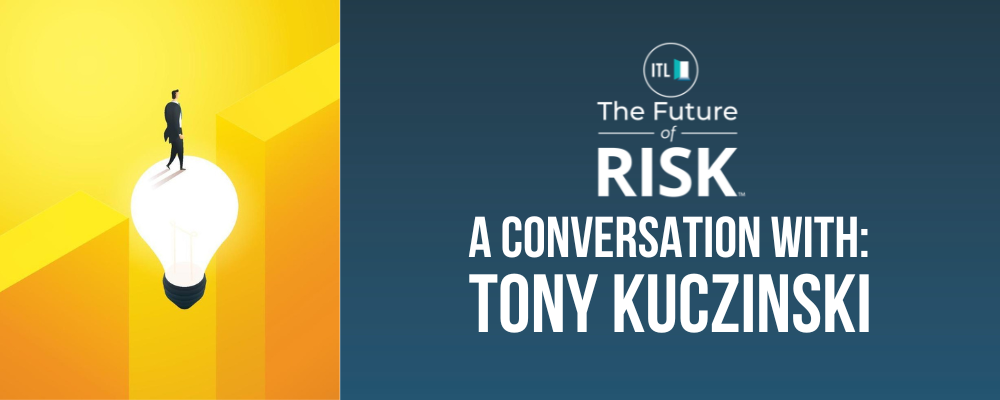The innovative potential of AI technology is giving rise to bountiful opportunities for virtually every business sector.
In the insurance industry, AI is projected to reach an astounding $80 billion by 2032, up from $4.59 billion in 2022 – in part a testament to AI’s profound capacities to inform data-backed decisions, optimize business operations and enhance customer experiences.
When it comes to life & annuities insurance, AI has the potential to underpin a wide range of variables throughout the policy lifecycle, including policyholder behavior, fraud detection, risk assessment, claims processing and mortality rate predictions, as well as underwriting services.
As with any technological tool in the process of maturation, AI has its downsides – particularly the inherent biases often embedded into the data used to train AI models. Left unchecked, these biases can lead to discriminatory outcomes, potentially putting certain individuals or sectors at a disadvantage.
See also: 4 Key Questions to Ask About Generative AI
The Bias at Hand
AI models are not necessarily predisposed to generating biases; rather, bias is a byproduct of the data used to train them. In other words, people are biased, the data we create reflects those biases and AI is not yet sophisticated enough to pick up on the discrepancies. After all, AI is purely statistical – deducing such human nuance is beyond the current scope of AI. Thus, when an AI model undergoes training using subjective data, it is susceptible to reinforcing and magnifying biases in its decision-making.
Within the L&A insurance sector, such artificial misunderstandings – or hallucinations, as they have come to be termed – can result in a variety of negative outcomes, starting with unequal pricing. For example, if a particular racial or ethnic group has had historically higher mortality rates, AI might unfairly charge them more, even if their individual risks vary.
Bias-compromised training data can also influence AI to recommend inadequate coverage. In this scenario, some individuals face restricted access or outright rejection when seeking insurance coverage due to associations with certain regions or socio-economic backgrounds deemed as higher-risk.
Furthermore, biased AI models tend to induce a lack of inclusivity, meaning that they fail to cater to the unique needs of diverse customer groups equitably. For example, these models may not adequately account for the unique needs of individuals with specific health conditions, resulting in a limited range of available annuity options.
Course Correction
Detecting bias in AI is a complex process that starts with identifying the biases that exist within the originating data as well as the biases that accumulate – or even multiply – through continuous training. Addressing these errors calls for insurance companies to test their AI algorithms, monitor outcomes and fix any unfair patterns on a continuing basis. Attempting to do so only after the data has been selected and the AI trained would be counterproductive.
Thus, insurance companies should strive to leverage AI models that exhibit straightforward and transparent reasoning – such models enable close scrutiny of algorithmic outcomes and foster trust-building with clientele. Furthermore, AI models can be engineered to produce more equitable outcomes by factoring in datasets from various demographics and geographic regions. In short, despite AI’s capacity to streamline insurance processes and scale up productivity, human oversight remains vital in rectifying biases that AI inadvertently weaves into outcomes.
This is doubly important given that insurance businesses, their respective data and the use cases of AI in the L&A insurance landscape keep evolving. Such dynamics require insurers to keep their fingers on the pulse of AI’s limitations. Industry organizations such as the National Association of Insurance Commissioners are addressing these challenges by establishing specialized working committees, such as the Accelerated Underwriting Working Group and the Big Data and Artificial Intelligence Working Group.
See also: Eliminating AI Bias in Insurance
Bypass the Bias
Considering the dynamic nature of business models and data, AI bias represents a formidable – but not insurmountable – challenge for insurers within the L&A sector.
While creating a pristine and proper training dataset may be difficult, the solution lies in embracing responsible AI development practices such that they yield impartial solutions that align to the needs of diverse customer bases. In doing so, insurance carriers can bypass the bias, steering the industry toward a new paradigm wherein products are not just affordable and accessible but equitable for all.




































